Disc brakes are a feature that has existed for decades for vehicles, but has only recently popped up in the world of cycling. In 1997, Hayes created the first bicycle disc brake, intended for mountain bikes. It didn’t hold. Nobody wanted an overpowered new brake when V-brakes were working perfectly well. Hayes kept on pushing their products, though.
While the V-brakes were serving the masses quite well, they had several significant disadvantages, especially on mountain bikes. Then the bike company Trek installed a Hayes disc brake on their 8900 hardtail mountain bike. With a company as famous as Trek (and Fisher) backing their product, the Hayes Mag disc brake finally got its big brake (pun intended).
Reasons To Buy Mountain Bike Disc Brakes
1. They Are Stronger
Disc brakes are stronger and more durable than normal V-brakes. This is because they are a separate attachment to the wheels, instead of being in tandem with them. The discs are made out of a stronger material (like steel) than the rim. This means they are less prone to cracking.
2. They Are Effective On All Terrains
The main selling point of mountain bikes is that they can be used in any kind of condition. With the right kind of tires and the right equipment, they can be ridden on slippery, wet trails, muddy off-road tracks, and even on snow and ice. Because they are used in nearly every terrain known to man, mountain bikes need to have brakes that aren’t affected by the weather.
While rim brakes can start rusting due to exposure to wet terrain, disc brakes that have sealed housing do not have this problem. The wetness does not affect their efficiency or stopping power. The same goes for muddy or icy terrain. A V-brake would start slipping in the mud because the rims would be covered in the stuff. In snow, the cables could ice up and crack.
However, in a disc brake (and mainly a hydraulic brake) the mud does not affect the disc as much because it is nearer to the center of the wheel, attached to the wheel hub.
While mud does get onto the rotor, the larger surface area of the brake pads on disc brakes allows for them to be more effective even in these conditions. Mountain bikes without disc brakes are a safety risk, because of their lower effectiveness off-road.
3. They Have Off-Road Capability
In a typical mountain bike ride, you would go along some pretty bumpy trails. Riding over rocks holes and other bumps is quite normal for mountain bikers. These conditions could damage the rims. They could get bounced out of shape. With a V-brake, this would be a very large safety risk.
A warped rim means that the brake pads won’t be in constant contact with the rim. This means that the power of the brakes is cut in half, and it could fail at a crucial moment. A disc brake, however, does not run this risk because it does not depend on the rim.
The wheel could be bounced and hit until it was a square, and the disc brake would still be just as effective because the pads clamp onto the rotor instead of the rims.
4. They Don’t Overheat The Tire
One great advantage of the disc brake in hot weather or even when coasting downhill is that it does not overheat the rim. A large amount of heat generated when a V-brake is applied at high speed can heat up the rim enough to weaken the material of the tire and cause it to blow out when going at high speeds over rough terrain.
Since the disc brake isn’t connected to the main rim, only the disc heats up during operation. The holes drilled into the rotor provide a far higher rate of heat dissipation than a rim would. This means that your tires will be safe and your disc brake will heat up less than a V-brake would.
5. There Will Be No Rim Wear
When going in terrain that is sandy or muddy, particles of sand and other debris can get stuck to the rim. When the brakes are applied, any debris caught between the pad and the rim can scrape the rim during the braking process.
If this is done repeatedly, it wears out the rim, weakening it and making it more susceptible to cracking. With a disc brake, this isn’t an issue. This means that you will be replacing your mountain bike wheels less frequently if you’re an enthusiast with disc brakes instead of traditional brakes.
This can be a major perk in terms of cost-effectiveness.
6. They Are Adaptable To Multiple Wheel Configurations
When you ride off-road in many types of weather and terrain conditions you are going to have to replace or switch out your wheels a lot. For example, you can’t use the same wheels for mud that you use on icy roads or tarmac.
Different wheels with different thicknesses and grip patterns are required for the real mountain biker. With a disc brake, you don’t have to go through the time-consuming process of adjusting the brake pads so that they fit different sizes of wheels as you fit them.
Instead, you just have to reattach the disc brake setup to the wheel hub after installing the new wheel and you are good to go!
Advantages Of A Mountain Bike Disc Brake
There are certainly countless advantages of having disc brakes on your mountain bike. But the most notable ones according to my experience are as follows:
1. More Braking Force
I have noticed that disc brakes provide a higher braking power as compared to other kinds of brakes even when riding downhill. Now, I have tried the rim brakes too but I did not find them to be as effective as the disc brakes. In short, disc brakes provide better modulation.
2. Compatible Performance
Let’s just admit that disc brakes have a better performance. What makes them better is their consistency. They are not affected by the weather, which is why I prefer them over other types.
3. Heat Dissipation
The heat dissipation process of a disc brake is much more efficient than a rim brake. This means that your brake pad, brake rotor, and brake levers will be less prone to overheating.
Disadvantages Of A Mountain Bike Disc Brake
Being a fan of disc brakes on my mountain bike does not mean that I did not notice the certain drawbacks that come along with owning disc brakes. Here are a few things to consider before making a big brake switch:
1. They Are Costly
These brakes are expensive. The disc brake pads can cost you $250 to $500 per axle without the labor cost.
2. These Brakes Are Heavy
Disc brakes are heavy. Adding disc brakes to an already heavy bike can add more to the weight making it difficult for you to control the bike.
3. There Is A High Risk Of Injury
Disc brakes pose a higher risk of injury in case of accidents. The rotors on the disc brake have very sharp edges that can potentially hurt you if you do not take extra care.
4. Are Difficult To Install
Disc brakes are difficult to install and unless you are a pro, you will have to hire someone to do the job. A disc brake calipers alignment is something not all of us can do. This makes the already expensive brakes more expensive since only the labor cost can be around $150 to $200 per axle.
5. Limited Tire Clearance
I had very limited clearance between my bike’s frame and the wheel. The reason is that disc brakes take up a significant amount of space. This means that you will have to use a limited size of tires with your disc brakes.
How a Disc Brake Works – The Technical Jargon
The science behind how disc brakes work isn’t that difficult to understand. However, there are some technical terms that you should get familiar with, especially if you plan on working with disc brakes a lot. You need to know exactly what to ask for at shops and what to talk about when whining about your bike with other cyclists.
In the same way that non-cyclists have trouble understanding what a fork is, you will have a little trouble getting the technical jargon of disc brakes down your throat. A few commonly used terms that you will need when dealing with either type of disc brake are right here.
Types of Disc Brakes
There are two main families of disc brakes, both with their own specific sets of perks. People elect to ride with either one of these, depending on their requirements when they go mountain biking. The two main types have both been around for a while:
Mechanical Disc Brake
These are currently the more popular type of disc brake for the average mountain biker. Mechanical disc brakes operate on the same principle as normal cantilevers and V-brakes. They use traditional cables and cable housing to actuate the brake. As you know, these offer advantages mainly in terms of cost and simplicity but are also not that great in extreme weather and terrain.
The mechanical disc brake offers several advantages over its counterpart.
Advantages Of A Mechanical Disc Brake
- One of the main perks of the mechanical disc brake is that the cables are far easier to install since everyone has used V-brakes at some point in their life with bikes.
- Adjustment of these cables is also easier.
- Replacements to the cables can be found very easily, at any bike shop around the globe, because the same cables are used.
Disadvantages of A Mechanical Disc Brake
- The disadvantages of cables in mountain bike disc brake systems are their exposure to environmental conditions and their vulnerability.
- The cables and their housing can be very susceptible to rust, especially when biking across wet conditions a lot.
- Another drawback is the fact that cables can stretch with prolonged use. This means that they require constant adjustments to make sure that the brake is always in tension. You don’t want to be going downhill and find out that the brake has a little lag to it.
Hydraulic Disc Brakes
The hydraulic disc brakes are a more recent addition to mountain bike disc brakes. Instead of cables and their housings, the hydraulic system uses hoses, reservoirs, and hydraulic fluid (brake fluid) to actuate the calipers of the disc brake.
They use a plunger to push brake fluid down the hose when the lever is pulled. This pushes the caliper onto the disc. While this is a very basic explanation of hydraulics, it is how the brake works. This makes for a far smoother braking process than mechanical braking.
Advantages Of A Hydraulic Disc Brake
- The advantage of the hydraulic system is that it is closed off from the environment.
- The seal prevents dirt and debris from the off-road trail from entering the brake fluid or the hose and cylinder.
- They offer far more power and control when it comes to the actual braking process than their mechanical counterparts.
Disadvantages of A Hydraulic Disc Brake
- They have to be professionally fitted.
- You can’t just install a hydraulic brake at home if you are an amateur.
- The smallest air bubble in the system could cause the lever to lock.
- Removing the air is called “bleeding” and it must be done with precision.
Disc Brake Verdict: My Opinion
I have ridden my mountain bike with disc brakes for a long time. And based on my opinion, if you are an avid all-terrain mountain biker you are going to want to think about replacing your old V-brake configuration with disc brakes. Despite them being heavier (who cares about a little extra weight? It’s a great workout!) they add a bunch of features to mountain bikes.
These include a higher level of safety as well as a higher overall ride quality. With their ease of use, strength, and versatility when it comes to maintenance and installation you can be sure that the disc brake is indeed the brake of the future, replacing the relic that is the V-brake in off-road riding.
Review
Today, nearly all mountain bikes use disc brakes. The V-brake has been relegated back to the road and touring bikes, and even then it is going out of style. Of course, some cyclists still use the old brakes on their mountain bikes because they want to stay “old-school” or simply because they can’t be bothered buying a new mountain bike that is compatible or comes installed with a disc brake.
This is however one of the best choices you can make in terms of stopping power, control, and safety. Since disc brakes are a relatively new technology, not many people are sure how exactly they work, even though most people have some sort of basic understanding of the entire thing.
Also Read
- 15 Best Bikes For Heavy Riders
- Road Bikes Vs. Mountain Bikes: Which Is The Perfect One For You?
- Cantilever Brakes Vs V Brakes: Which One Is Better For Your Bike
- 7 Reasons Why Your Bicycle Brakes Won’t Release
Should you have any questions or require further clarification on the topic, please feel free to connect with our expert author Luke Ameen by leaving a comment below. We value your engagement and are here to assist you.

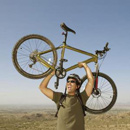
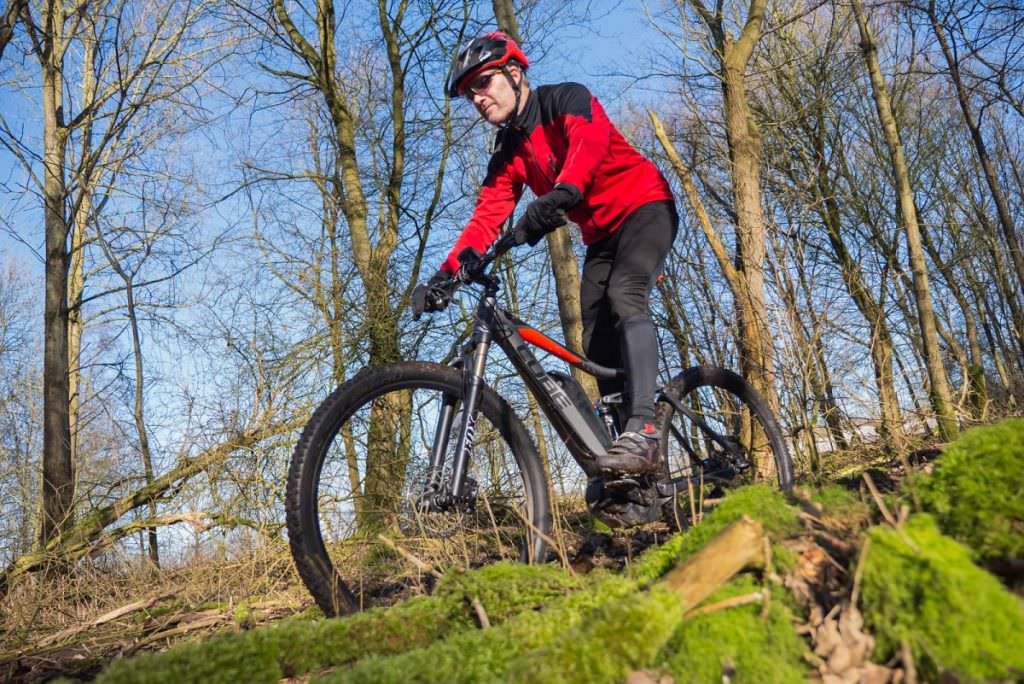
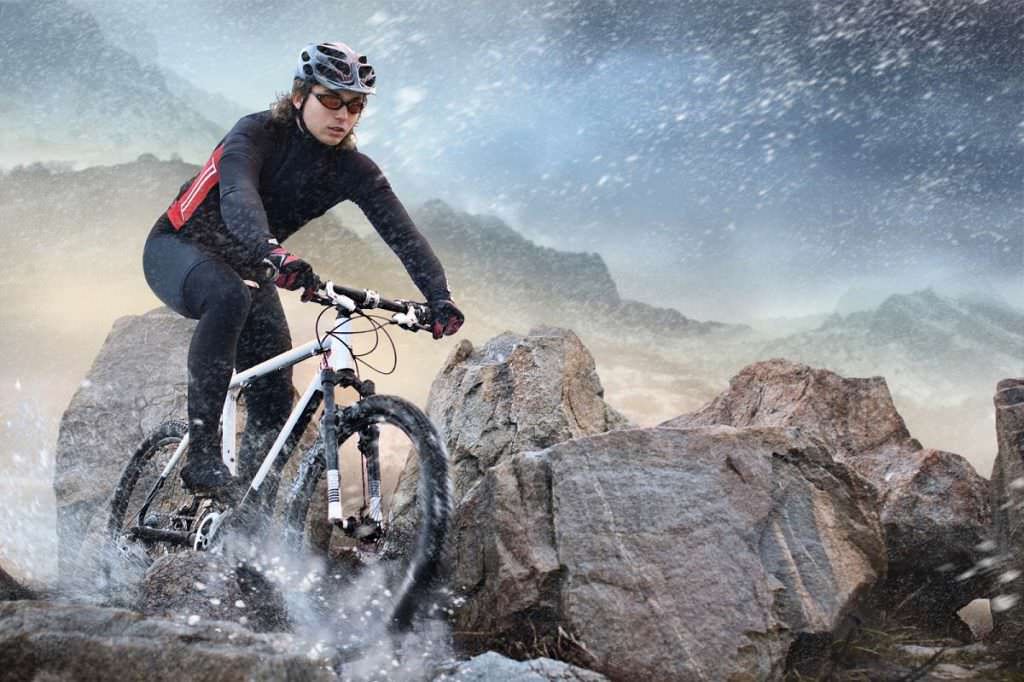
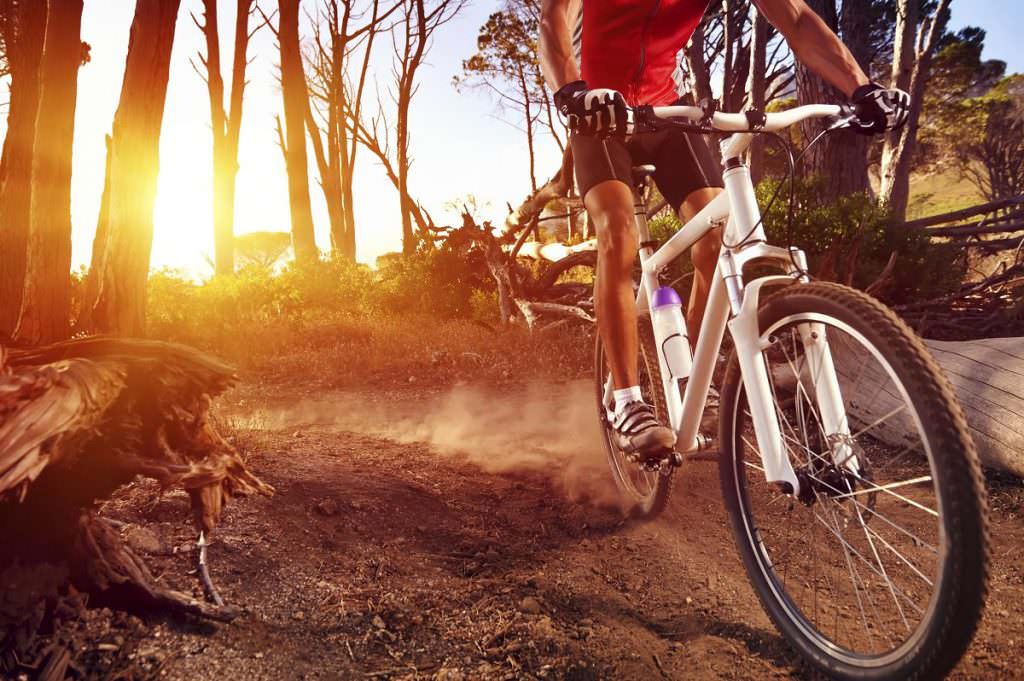
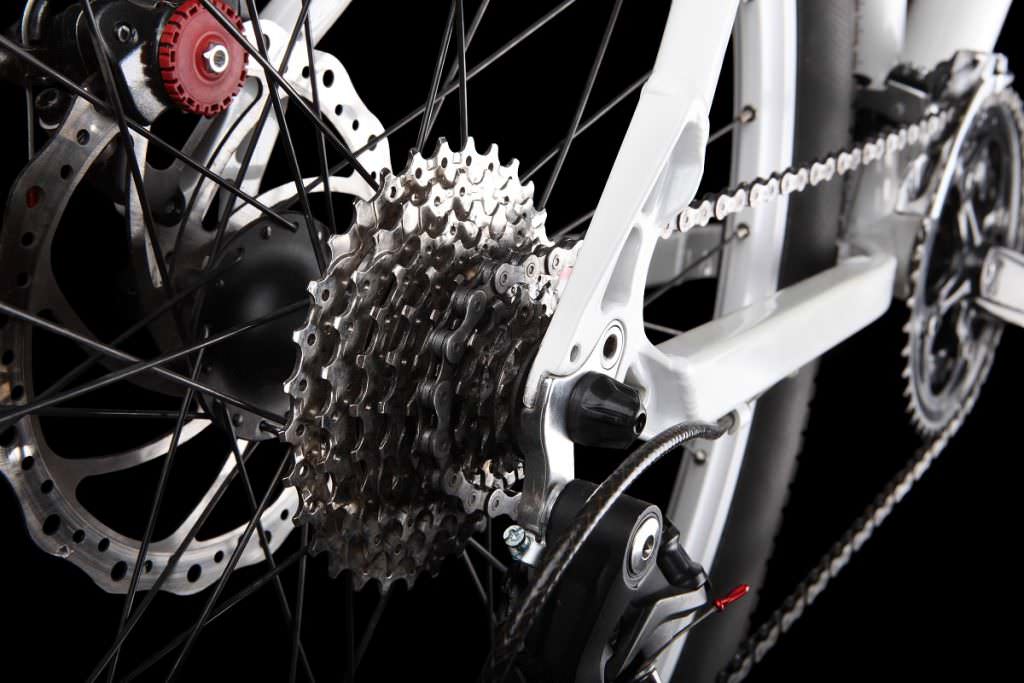
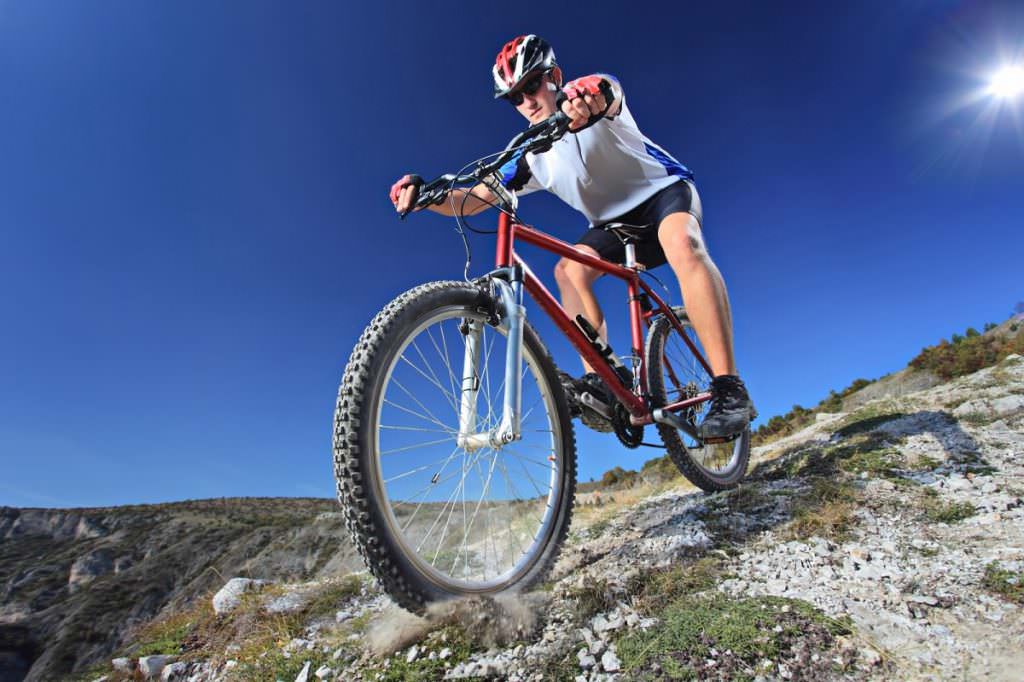
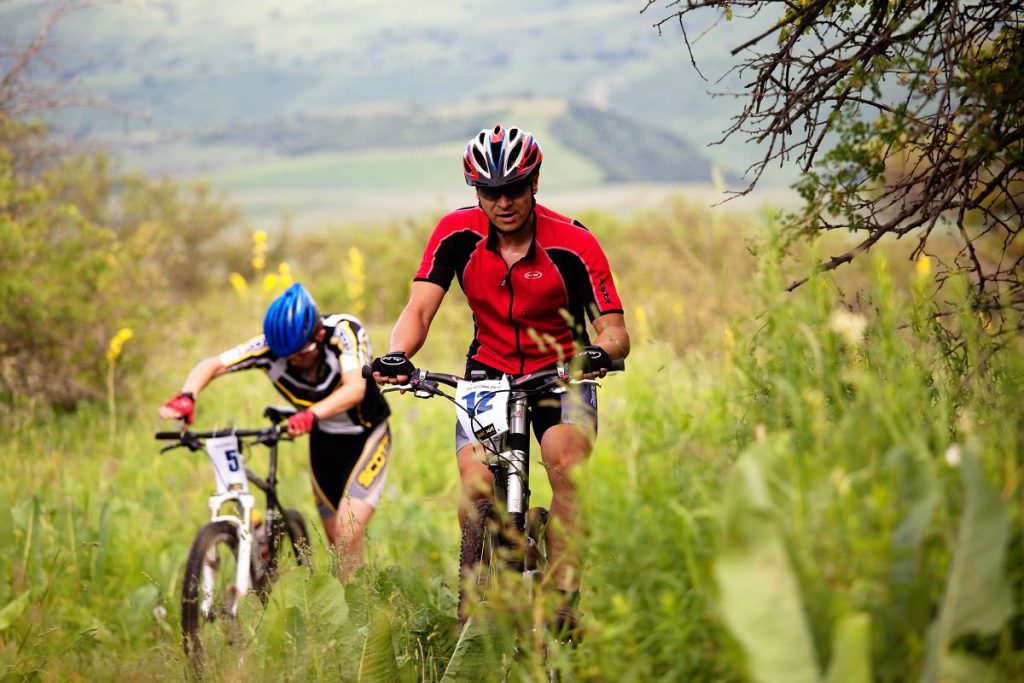
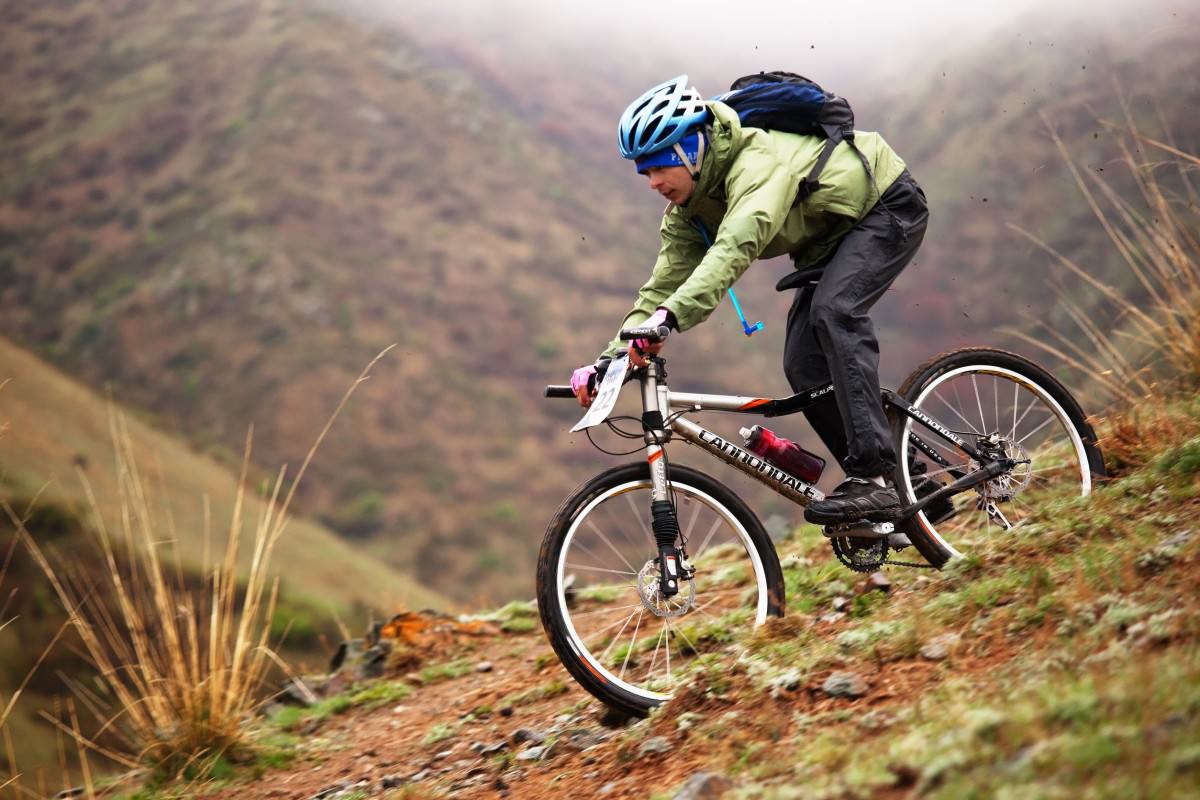


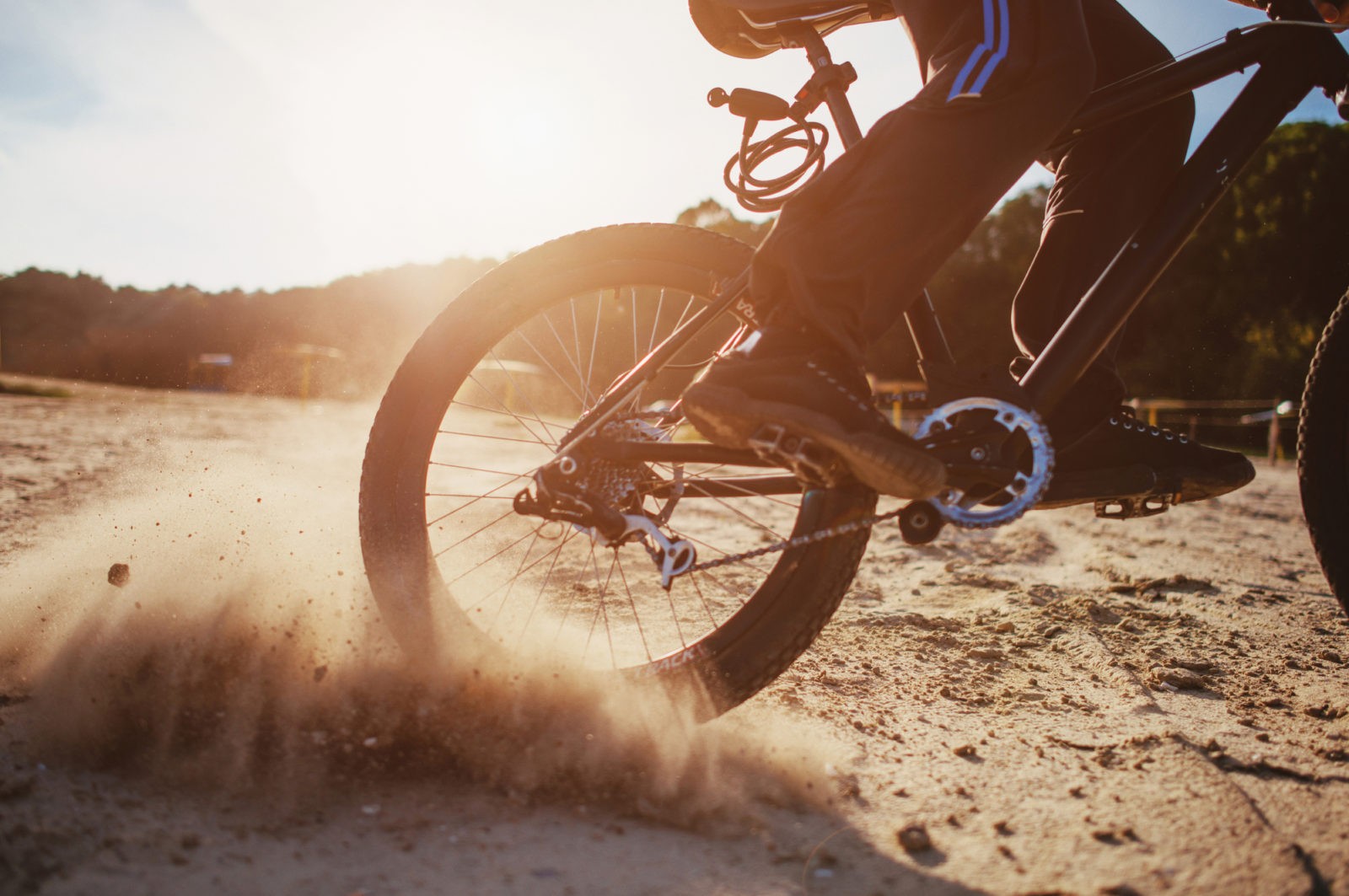

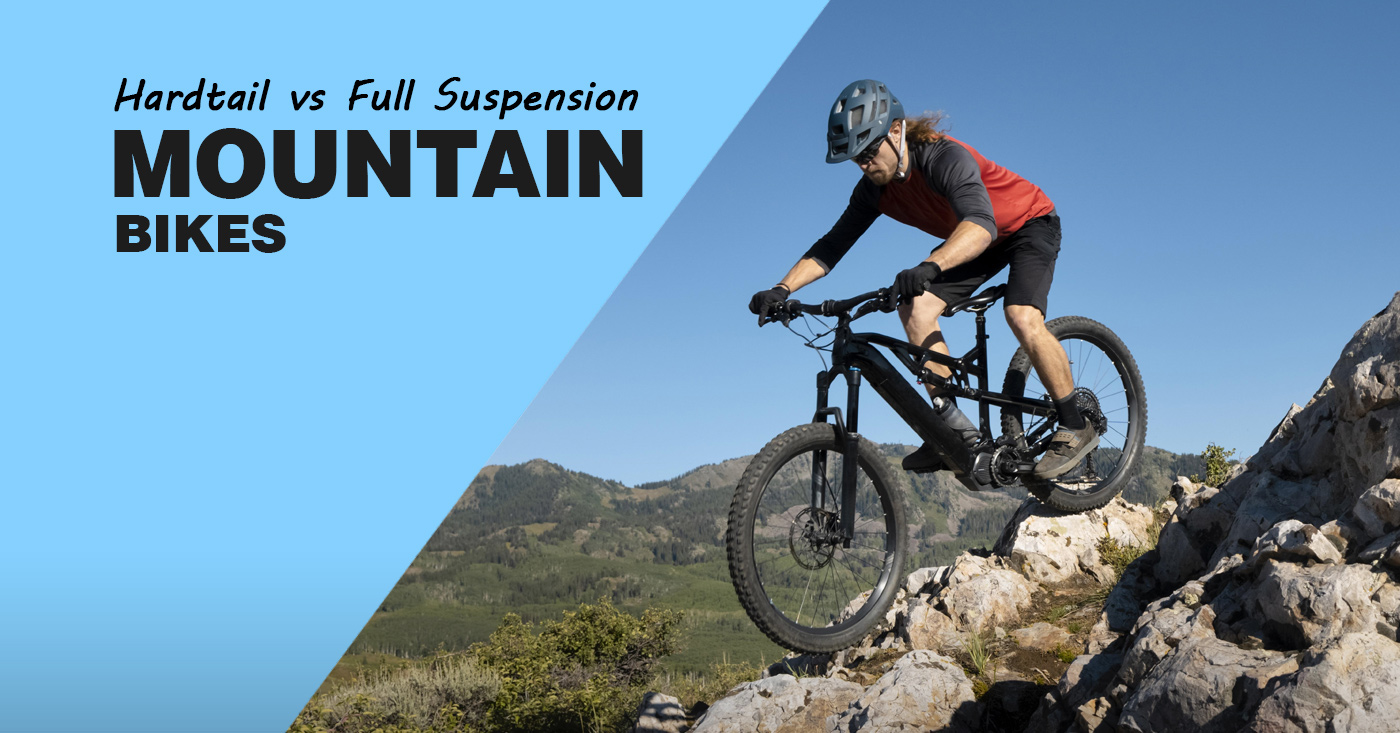
8 thoughts on “6 Reasons To Buy Mountain Bike Disc Brakes”
Yet hydraulic disc brakes in the medium range still don’t brake as good as the better (but cheaper) v-brake options. Only in the top range hydraulic disc brakes may be better than v-brakes.
While mud and other dirt may make a v-brake not slow you down the first round the wheel turns around, braking techniques have for decades insisted on pre-braking in wet conditions to overcome this.
Furthermore, a bend wheel actually means that the chosen route and bicycle do not match. Basically you made a mistake in the first place by preparing insufficiently.
Overheating is not considered an issue by me. I’ve done downhills from over 3.500m of altitude down to sea level, with about 30kg of luggage. Never had any issue with heat on the rim. Learn how to brake properly, as anyone should, and this is just nonsense.
Another downside of hydraulic brakes, as can be figured out from the above text, is for touring. When you’re somewhere in the middle of ‘nowhere’, you simply cannot repair your brake yourself. You will need a good shop for that. Good luck finding that one in Sapecho! (Which is in the Bolivian jungle, to give an example. They do stock cantilever and v-brake brake pads and cables, however.)
There are some configurations when the reliable v-brakes cannot be used however: bicycles with fat tyres. Be they 76mm thick (plus size) or downright 127mm thick (fatbike). There are no rim brakes yet for these sizes. Therefore a reliable mechanical disc brake is oftentimes used for touring with these configurations. (Avid BB7 exclusively, to be exact.)
There is only one valid reason here that is MUD. I my opinion all others are nonsense.
Best braking will always be at the furthest point from the centre of rotation. ie the rim. Put your bike on a stand, try and spin the wheel with a finger using the hub then do the same at the rim. Which is easier? Now try stopping it!
Now stop it using the rim and retrieve the tip of your finger from the hub.
I still run Hydraulic rim brakes after 15 years use the only problem is getting parts. Thank Gawd for the internet. When I ask in shops they generally say :nobody rides on those anymore!!!
Obsolesence and change is driven 99% by marketing.
I am a heavy boy who refuses to behave like one. If you dab a disk brake, all stopping forces have to go through the spokes. That is the most likely cause of a wheel failure on a fast trail.
If you want a tough bike look at the fat man’s not the 8 stone sprinter, which why I rarely trust a cycle shop owner!
Love the comment above regarding maintainance in Bolivian Jungle. Hardcore buddy! I do belive that engineering and practical skills is a dying art. If you are targeting kids their bike is a great start to basic maintainance skills and aptitude. If you are older it is basic safety to understand the workings of your toys. If you have bought into tech that you can’t comprehend, you are missing the point. Part of the fun of free riding is creating the means, not just buying it.
Basic rule of survival -KIS: Keep it simple.
Mud and clogging, now that is a valid reason. Magura Hydraulics solved the clogging issue, they were not held off by crud. Mud, I solved by moving to Spain…It never rains here.. Awesome!
So, why do cars utilize rotors vs. rim brakes? Certainly those are much heavier and with a higher velocity of force to stop than a mountain bike…
There are so many bad things you don’t mention about disc brakes … longer stopping distance on most of them (except on those $5,000 bikes), not braking instantly if not used for sometime (what can be unsafer than that ?), those tiny metal discs overheating to almost red (vs. the rims who never really heat to cause the problems you mention), the braking force pushing the front wheel out from the fork (again except on those $5,000 bikes where the fork-to-wheel connection is like a circle, not like a “U”) – so be sure to tighten really hard that front wheel quick-release so your front wheel doesn’t fall off while being pushed out so hard by the braking force, all the braking force going through the spokes which are attached to the hub really close to the center of the wheel (so even a modest braking torque will cause big stress on those spokes). All this compared to the V-brakes who reliably stopped us for decades … and yes I know that going through deep mud is bad for V-brakes … but 99% of us don’t use our bikes to swim through mud …
Number one reason for them, so people can make more money selling and maintaining them.
Yoda , exactly my feelings . I hate my hydraulic disc brakes . too much maintenance and they always feel squishy even when new.
Personally i think it’s a bike company scam to give bike shops a constant revenue stream by replacing pads every year and bleeding.
I have linear pull rim brakes on two of my bikes and hydraulic disc brakes on my new, very expensive bike. I agree with the comments here. I don’t truly understand the appeal to hydraulic disc brakes. My disc brakes squeal very loudly if I forget to clean both sides of the rotors with steel wool and alcohol before I ride. I was told it’s because of contaminants on the rotors. They are such high maintenance brakes! They will need to be bled by a professional every three years and that’s an expense rim brakes don’t have. I can’t just change a brake pad.
I don’t feel like the disc brakes stop my bike any better either. I’m 5’3” and female, average built, I’m not hardcore, guess I don’t need that much stopping power anyway?My rim brakes on my other bikes are low maintenance and just fine. Thank you for the comments, I completely agree.
I google something like “ do mountain bikes need disc brakes?” The first result is a quote from this article stating that bicycles without disc brakes are a safety concern! Clickbait scare tactic bs. Even in the enlightened year 2019 I balk at entry level bikes with rubbish stoppers that could stop so much more effectively and safely if the brand had instead speced an in expensive rim brake rather than bend to the market that believes a disc brake, even a poor one, it a base requirement to participate in the sport.
I’m also assuming the author is younger and imagining what mountain biking must have been like before 27.5 semi fat wheels and strava. In 1997 V brakes were not old technology but brand new having only been introduced the year before. Disc brakes were also not far from the sport and anyone who was around back then can tell you the magazines were predicting that disc brakes would take over years before practical and affordable examples (Or the v brake) even existed. Hayes was also not the fist or even close to it.